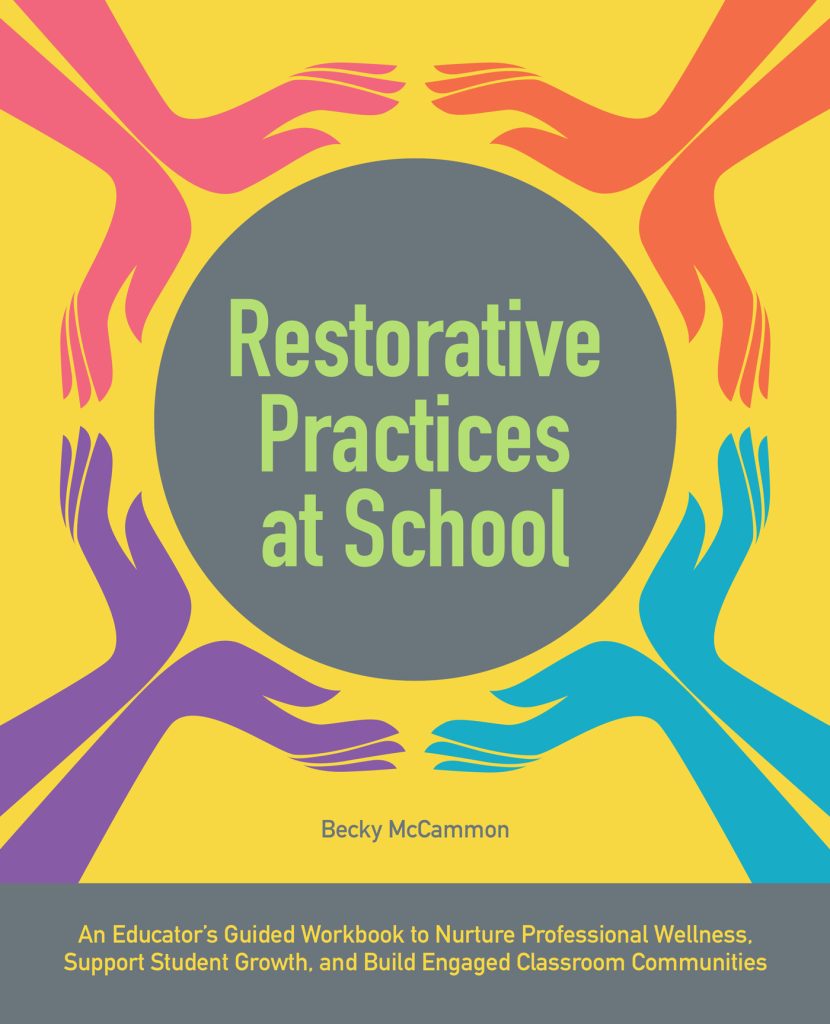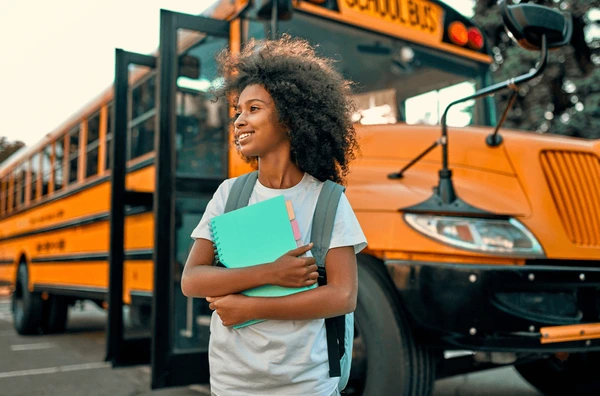Restorative Practices (RP) offer an alternative approach—one that focuses on healing, accountability, and building positive relationships rather than punishment. By fostering open dialogue, empathy, and conflict resolution, schools can create an environment where students feel heard, valued, and responsible for their actions.
In this guide, we will explore:
- What are restorative practices, and why are they important?
- Key principles and techniques of RP in schools.
- Benefits of restorative justice over punitive discipline.
- Challenges and misconceptions about RP.
- Steps to implement restorative practices in school settings.
What Are Restorative Practices?

Restorative Practices (RP) are a set of approaches designed to build relationships, resolve conflicts, and repair harm within school communities. They are rooted in restorative justice principles, which emphasize accountability, dialogue, and healing over punishment.
📌 Why Are Restorative Practices Important?
- Encourage personal responsibility – Students take ownership of their actions.
- Promote a sense of belonging – Creates an inclusive school culture.
- Reduce suspensions and expulsions – Keeps students engaged in learning.
- Teach conflict resolution skills – Helps students handle disagreements constructively.
📌 Example: Instead of suspending a student for bullying, RP encourages a mediated discussion where the offender hears the victim’s perspective, reflects on the impact, and works toward amends.
Key Principles of Restorative Practices
1. Building and Maintaining Relationships 🤝
- Schools create a culture where students, teachers, and staff build mutual respect.
- Relationship-building reduces misbehavior and improves communication.
2. Addressing Harm Instead of Punishing Behavior 🛠️
- Instead of suspensions, RP focuses on accountability and repairing harm.
- Encourages students to reflect on the impact of their actions.
3. Fostering Open Dialogue & Active Listening 🎙️👂
- Students learn to express their emotions and perspectives in a respectful manner.
- Teachers act as facilitators rather than enforcers of punishment.
4. Creating Inclusive & Supportive School Communities 🏫
- Promotes equity and prevents discriminatory discipline practices.
- Helps students feel safe and supported, improving attendance and engagement.
Benefits of Restorative Practices Over Punitive Discipline
| Traditional Punishment ❌ | Restorative Practices ✅ |
|---|---|
| Focuses on punishment and exclusion. | Focuses on repairing harm and reintegration. |
| Encourages fear and resentment. | Encourages accountability and empathy. |
| Increases suspensions, dropouts, and negative school experiences. | Reduces disciplinary actions and improves student relationships. |
📌 Research Insight: Schools implementing RP have seen a 40–80% reduction in suspensions and improved teacher-student relationships.
Restorative Practices in Action: Techniques & Strategies
1. Restorative Circles 🔄
Purpose: Encourages students to speak openly, listen actively, and resolve conflicts.
Format: A group discussion where everyone sits in a circle, guided by a facilitator.
Used for: Conflict resolution, relationship-building, addressing classroom issues.
📌 Example: A teacher holds a weekly circle where students share feelings about classroom culture and suggest improvements.
2. Peer Mediation & Conflict Resolution 🗣️
- Purpose: Students mediate conflicts among their peers before issues escalate.
- Trained student mediators facilitate discussions in a structured format.
- Used for: Resolving disputes, preventing bullying, promoting empathy.
3. Restorative Conferences 📝
- Purpose: A structured discussion between offenders, victims, and facilitators to address harm and find solutions.
- Focuses on understanding impact, taking responsibility, and making amends.
- Used for: More serious incidents like bullying, theft, or conflicts.
📌 Example: A student caught vandalizing school property apologizes, helps clean up, and participates in a school beautification project instead of being suspended.
4. Community Service & Repairing Harm 🌱
- Purpose: Encourages students to give back and take responsibility for their actions.
- Used as an alternative to exclusionary discipline (e.g., suspensions).
Challenges & Misconceptions About Restorative Practices
“is too lenient on students.”
- RP is not about avoiding consequences but ensuring meaningful accountability.
- Offenders must actively work to repair harm, not just receive a punishment.
“takes too much time.”
- While RP requires initial effort, it reduces repeated behavioral issues, saving time in the long run.
“won’t work in all schools.”
- RP is adaptable for various school environments, from urban to rural settings.
- Schools with strong RP training for staff report higher success rates.
Steps to Implement Restorative Practices in Schools
- Step 1: Train Teachers & Staff – Provide professional development on restorative techniques knowledge.
- Step 2: Introduce Restorative Circles
- Step 3: Develop a School-Wide RP Policy – Shift from punitive to restorative responses.
- Step 4: Engage Students & Parents – Educate families about RP’s benefits.
- Step 5: Monitor & Adjust – Continuously evaluate the impact of RP and refine strategies.
Conclusion: A Path to Justice & Healing in Schools
Restorative Practices are more than just an alternative to punishment—they are a transformative approach to creating healthier, more connected school communities. By focusing on healing, accountability, and dialogue, RP helps students develop life-long conflict resolution skills while ensuring a more equitable, just, and inclusive educational system.
💬 What are your thoughts on restorative practices? Have you seen them work in schools? Share your experiences below! 🎓💙


